
Marie Skłodowska-Curie Postdoctoral Fellowship for Laura Suarez-Gutierrez
Dr. Laura Suarez-Gutierrez, scientist in the department “The Ocean in the Earth System” at the Max Planck Institute for Meteorology, successfully…
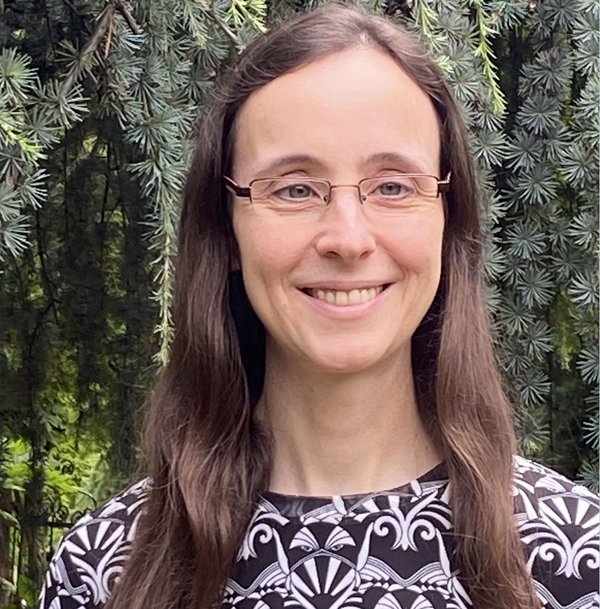
W 2 position for Cathy Hohenegger in acknowledgement of her scientific accomplishments
Dr. Cathy Hohenegger was appointed a W 2 position in the department “The Atmosphere in the Earth System” at the Max Planck Institute for Meteorology…
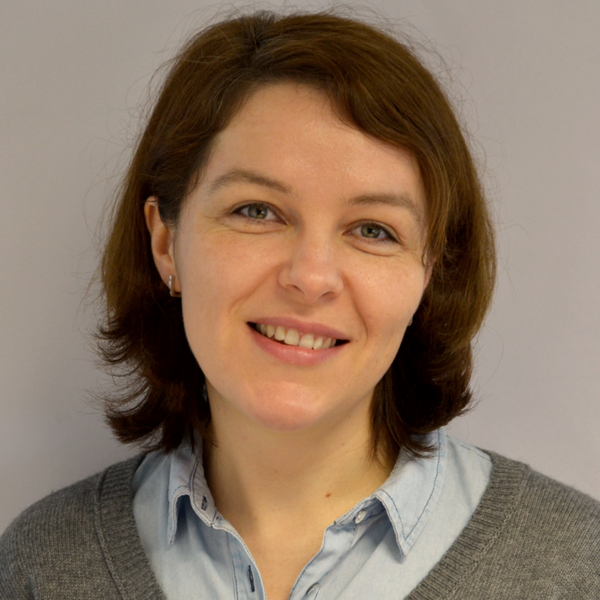
Tatiana Ilyina becoming Co-Chair of Working Group Coupled Modelling in the World Climate Research Program (WCRP)
Dr. Tatiana Ilyina, group leader of the “Ocean biogeochemistry” group in the department “The Ocean in the Earth System”, became co-chair of Working…
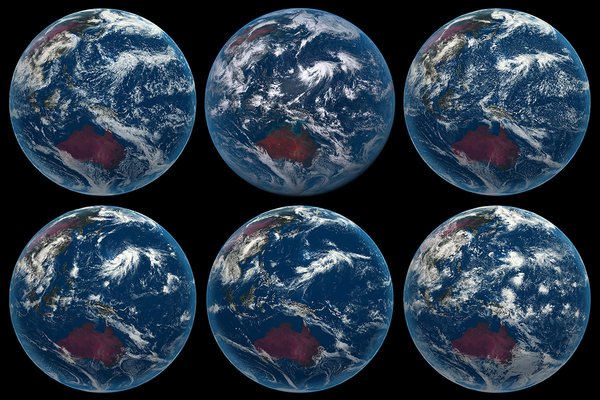
Humidity differences and their effect on the clear-sky radiation budget in global storm-resolving models
In a new study in the Journal of Advances in Modeling Earth Systems Theresa Lang, Dr. Ann Kristin Naumann, Prof. Bjorn Stevens and Prof. Stefan A.…
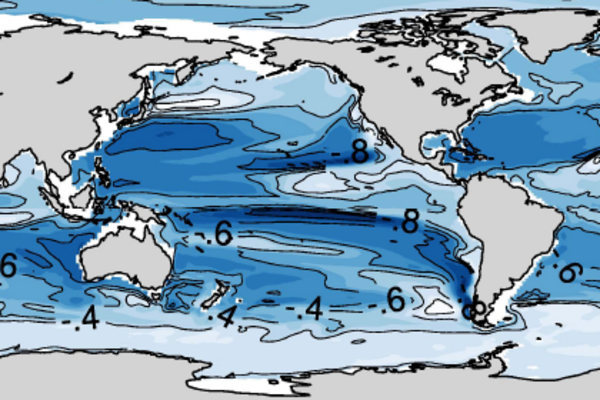
Tracking the fate of anthropogenic carbon in the ocean — Modeling the global 13C-Suess effect
Rising fossil-fuel CO2 emissions deplete the atmospheric concentrations of the heavy carbon isotope 13C. This phenomenon, called the 13C Suess…

Variations of tropical lapse rates in climate models and their implications for upper tropospheric warming
In a new study in the Journal of Climate Paul Keil, Hauke Schmidt, Bjorn Stevens and Jiawei Bao from the department “The Atmosphere in the Earth…
![[Translate to English:] [Translate to English:]](/fileadmin/_processed_/3/6/csm_Hasselmann_Klaus_Portrait_e4bec93d62.jpg)
Physics Nobel Prize 2021 for Klaus Hasselmann
Klaus Hasselmann, founding Director of the Max Planck Institute for Meteorology, receives the Nobel Prize in Physics 2021 together with Syukuro…
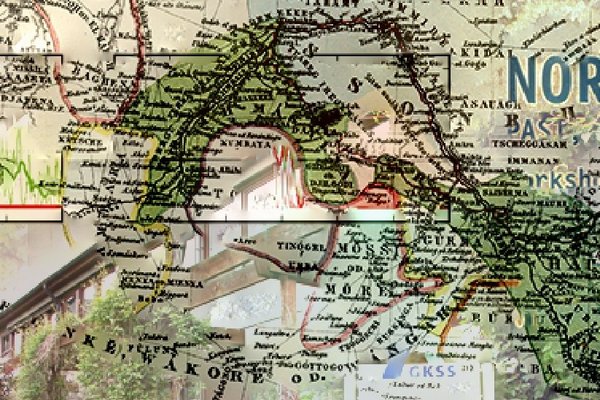
Fluid physics, turbulence and vegetation modeling: Martin Claussen and his research interests
After 16 years as Professor of Physical Meteorology at Universität Hamburg and as Director at the Max Planck Institute for Meteorology (MPI-M), Prof.…

Are midlatitude weather and climate influenced by Arctic Amplification?
Many factors and regions can influence how the weather and the climate of the mid-latitudes may change under global warming. Particularly the…
![[Translate to English:] [Translate to English:]](/fileadmin/_processed_/2/0/csm_210810_Bild_fuer_P._Korn_problem_6x4_3c6d622b58.jpg)
Variational data assimilation – one problem less
In a new study in the Journal of Nonlinear Science Dr Peter Korn, scientist and group leader in the department “The Ocean in the Earth system” at the…
![[Translate to English:] [Translate to English:]](/fileadmin/_processed_/5/f/csm_scicom3_ba11bd2757.png)
Exploiting large ensembles for a better yet simpler climate model evaluation
In a new study, Dr. Laura Suarez, Dr. Sebastian Milinski and Dr. Nicola Maher evaluate which models best capture the real-world climate with its…
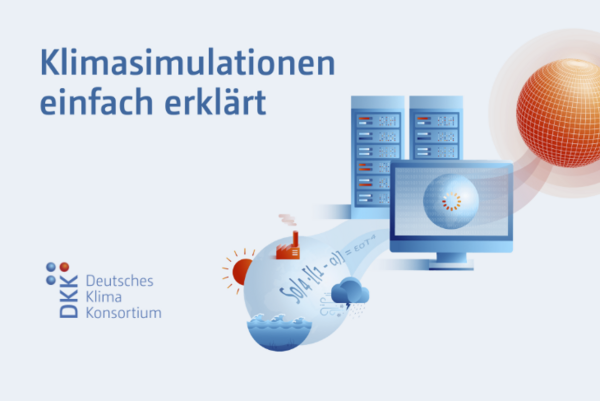
How climate modelling works — Johann Jungclaus involved in establishing new website on climate simulations
Climate neutrality by 2045 is Germany´s goal, and debates on how to get there are in full swing. To achieve it, profound changes are needed. Climate…
